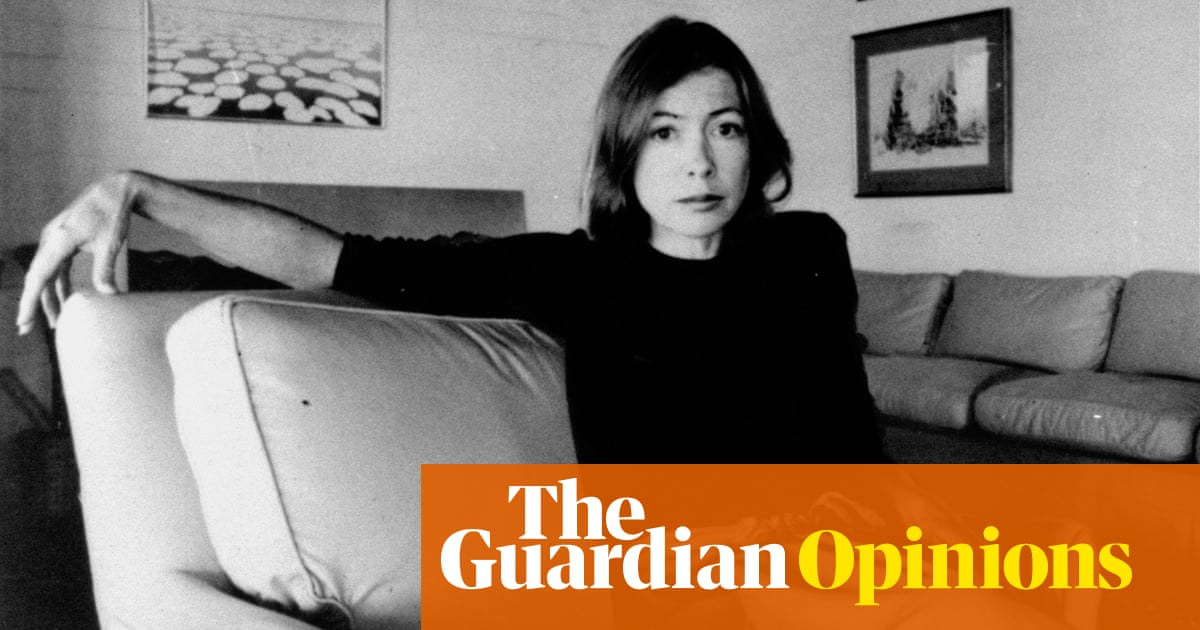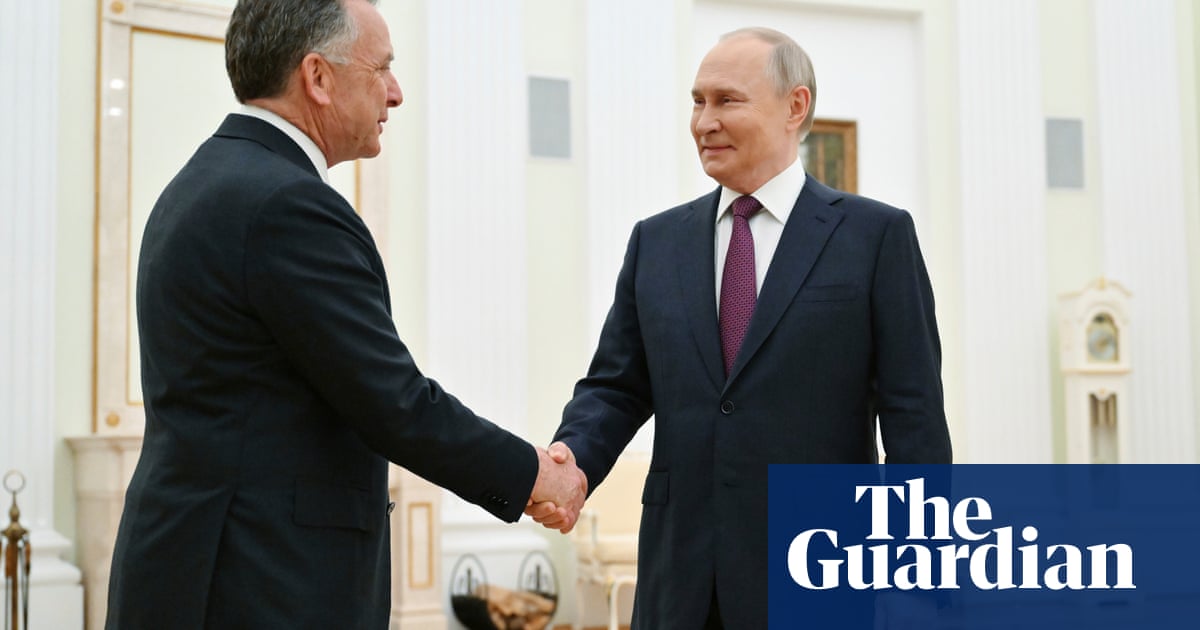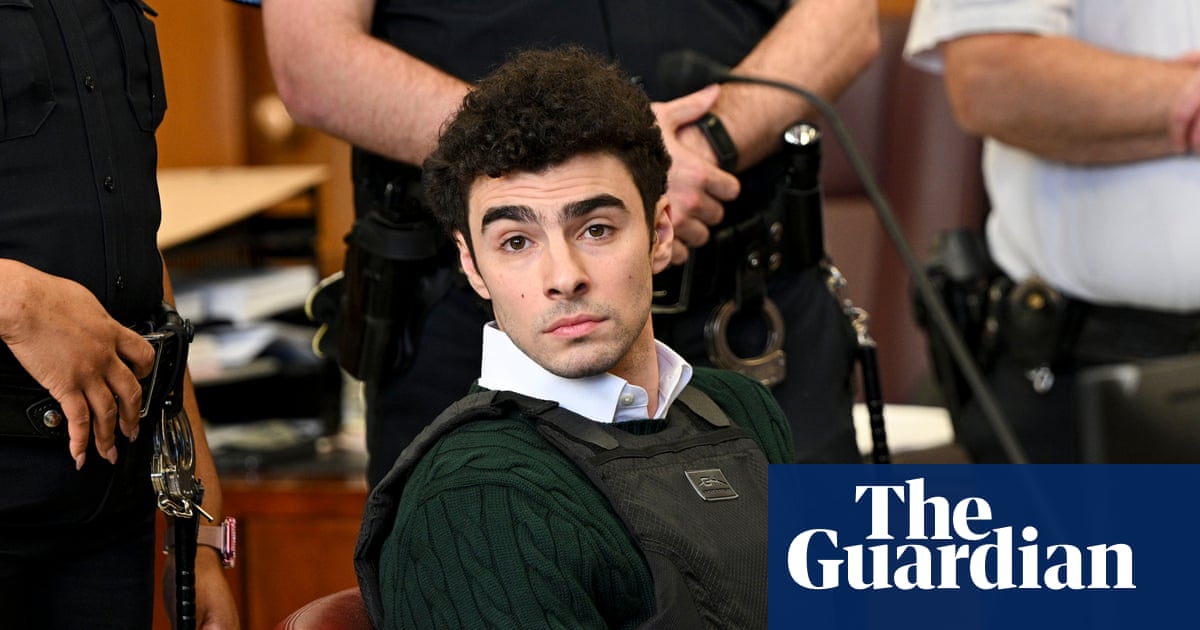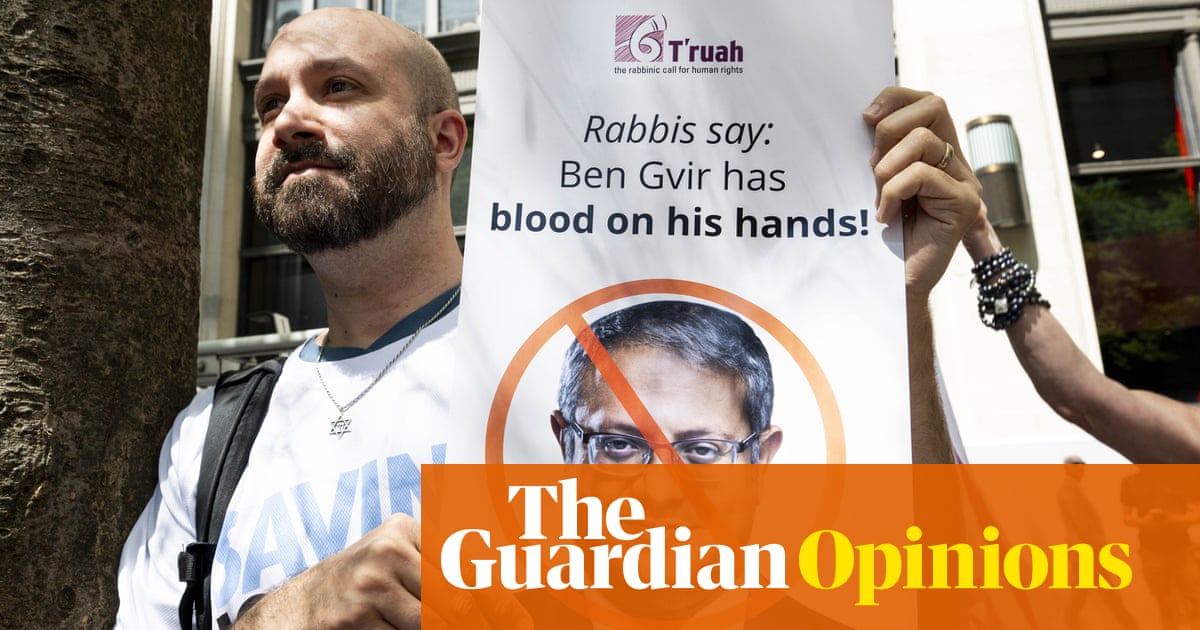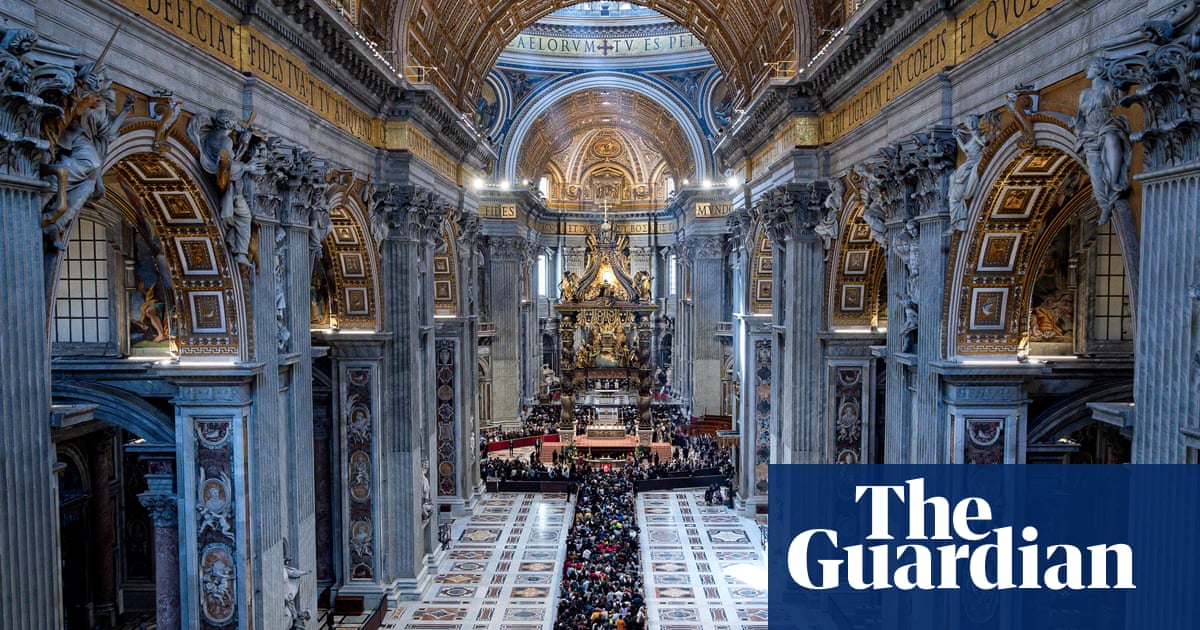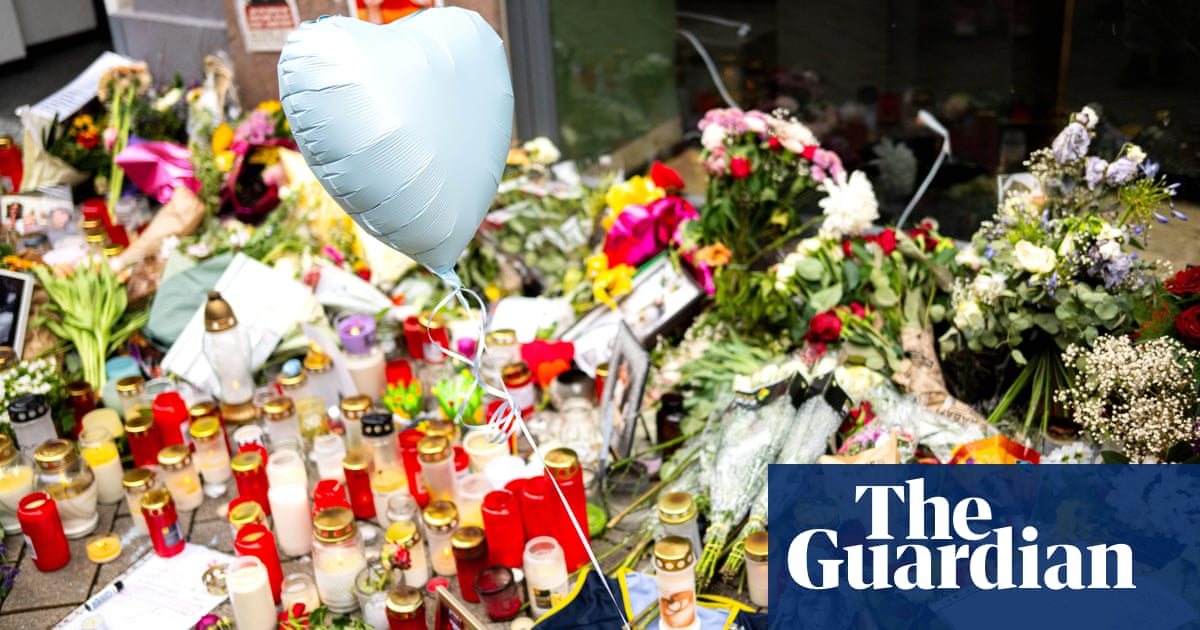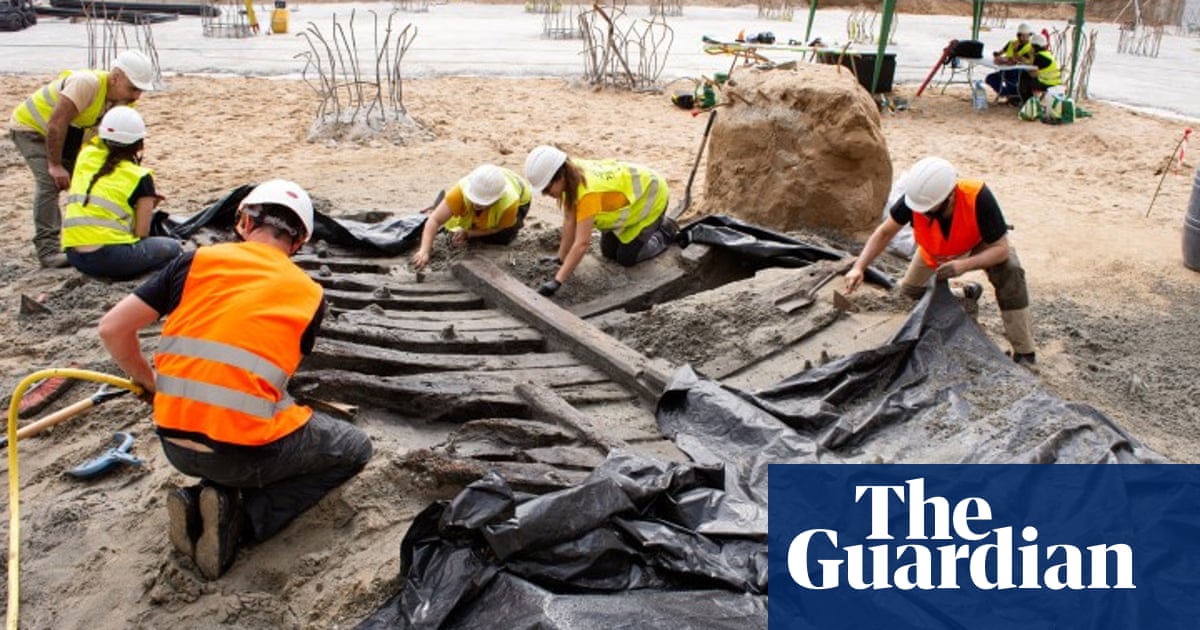As a priest, and then cardinal, Jorge Mario Bergoglio would always call into Santa Maria Maggiore (Saint Mary Major), one of the four papal basilicas in Rome, during his regular visits to the Italian capital.
The fourth-century basilica with its distinctive bell tower is perched on one of Rome’s seven ancient hills in Esquilino, a neighbourhood that lies between the Colosseum and Termini train station which during the Roman empire served as a burial ground for slaves.
On one visit, Bergoglio had a close shave with a suspected pickpocket.
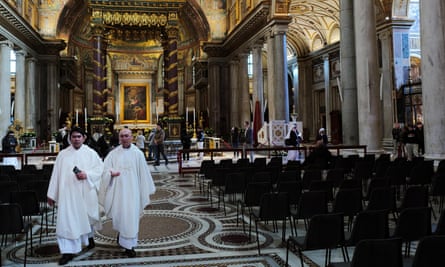
But that did not sully his experience. Years later in March 2013, on the morning after he became Pope Francis, a name chosen in honour of Francis of Assisi, the Italian saint who renounced a life of luxury to help the poor, he snuck out of the Vatican to go to pray at Santa Maria Maggiore.
Francis frequented the basilica, which is about two-and-a-half miles away from Vatican City, more than 100 times during his 12-year papacy, mostly to pray before and after trips overseas. On 23 March, the day he was discharged from hospital after a near fatal bout of pneumonia, he stopped by to deliver flowers on his way back to the Vatican. His most recent visit was on 12 April.
On Saturday, Francis, who died on Monday aged 88, will make the final journey to Santa Maria Maggiore for his burial. He will leave behind the presidents, prime ministers and royals attending his funeral mass in St Peter’s Square, and on arrival at the basilica will be given a final sendoff by Rome’s poor and needy.
Francis is the first pontiff in more than a century not to be buried with great fanfare in the grottoes beneath St Peter’s Basilica.
Instead, his simple wooden coffin will be entombed in a small niche that until now has been used to store candlestick holders.
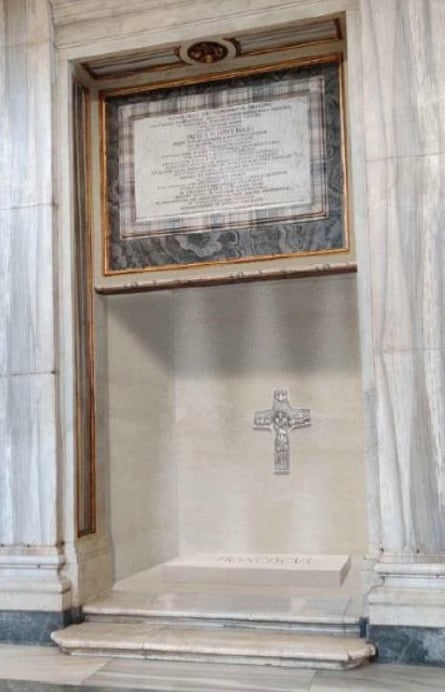
Photograph: Holy See press office handout/EPA
Francis first revealed that he had picked his burial spot during a discussion in April 2023 with Javier Martínez-Brocal, the Vatican correspondent for the Spanish newspaper ABC, which was published a year later in the long-interview book El Sucesor [The Successor].
“He told me he had simplified his funeral, because he felt [papal funerals] were overembellished,” said Martínez-Brocal. “He didn’t want to be shown lying on cushions, he wanted to be more like a pastor.”
Francis was shown several areas in the vast basilica before settling on the niche in the left nave close to Paolina chapel, home to the venerated Byzantine icon of Mary that he always prayed before.
As requested in his final testament, the tomb will not be decorated and will be inscribed only with his papal name in Latin: Franciscus.
“When he saw the niche, Francis replied: ‘This is my place, I want to be buried here,’” Martínez-Brocal said. “It was essentially a closet.”
Francis told Martínez-Brocal that the basilica had endeared him because of his “great devotion” to Mary, mother of God. He also recalled his encounter with the suspected pickpocket to the journalist, a moment Francis said “I will never forget”.
“He was walking towards the basilica and someone went up to him and said: ‘I don’t have petrol, can you give me some money?’,” Martínez-Brocal said. “He told him he didn’t have any. The man then tried to sell him a flashy watch for pittance, but he sensed it was a trick. Francis said: ‘Afterwards, I was told that if I had taken out my wallet, he would have punched me and stolen it’.”
The once neglected Esquilino is a populous, multicultural neighbourhood where in recent years many actors and film directors have settled.
Even though Santa Maria Maggiore is less well known than St Peter’s, it is equally awe-inspiring. Upon entering, visitors can gaze up at the stunning blue and gold mosaics brought back from the Americas by Christopher Columbus. There is also a chapel designed by Michelangelo.
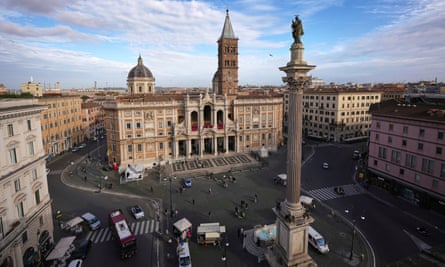
And Pope Francis is not the only famous person to be buried there. On the opposite side of the basilica is the tomb of the 17th-century Italian sculptor and architect Gian Lorenzo Bernini.
The basilica has become increasingly popular with pilgrims and tourists in recent years, particularly in the days since Francis died.
“He radiated peace through every pore of his being,” said Erika, a German doctor living in Norway, after leaving a message in a tribute book for Francis by the basilica’s entrance.
Inside, priests are on hand to give pilgrims confessions and blessings. Standing in a queue waiting for a priest to bless various holy souvenirs bought during her trip to Rome, Stephanie Polco, a pilgrim from Mexico, said: “I can understand why Francis chose to be buried here. It is breathtakingly beautiful.”

.png) 8 hours ago
6
8 hours ago
6

